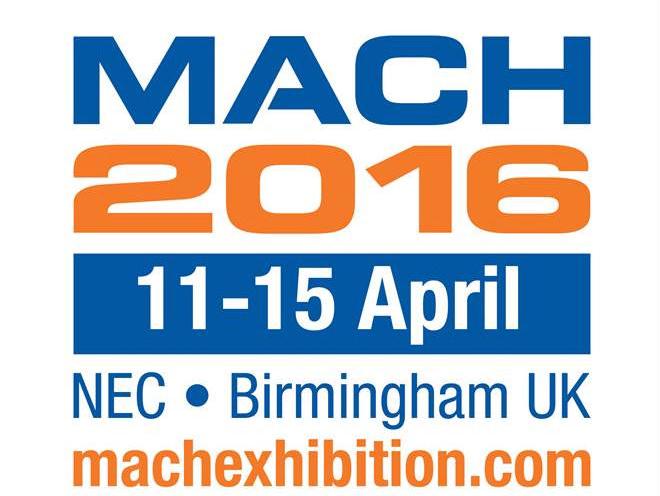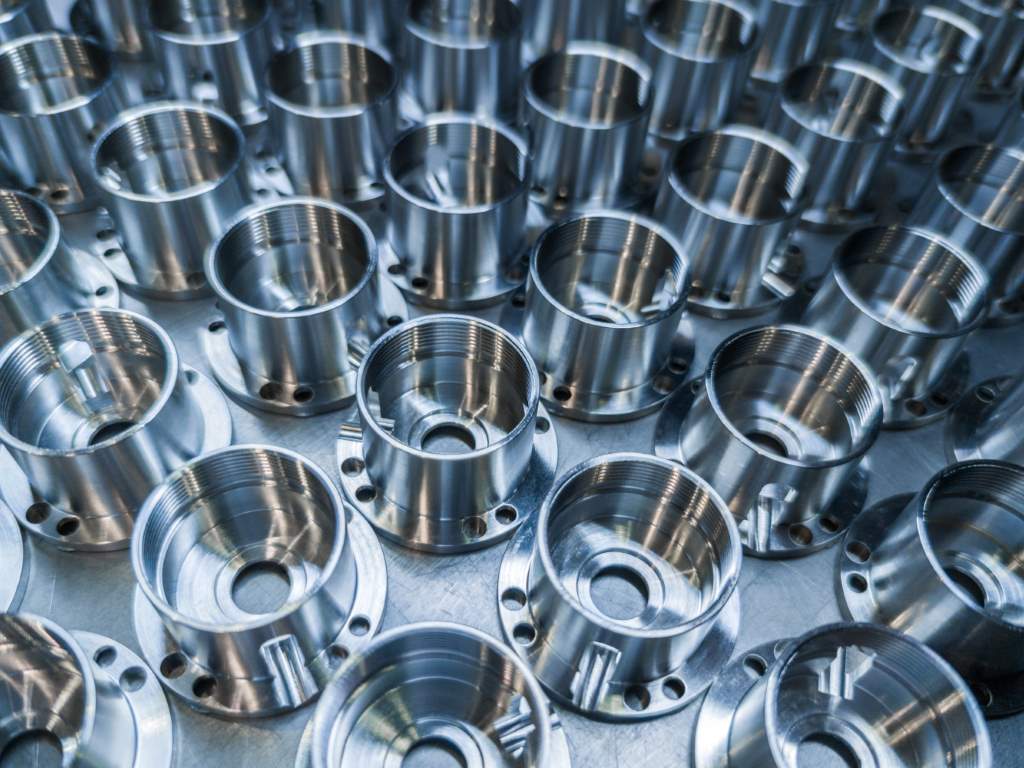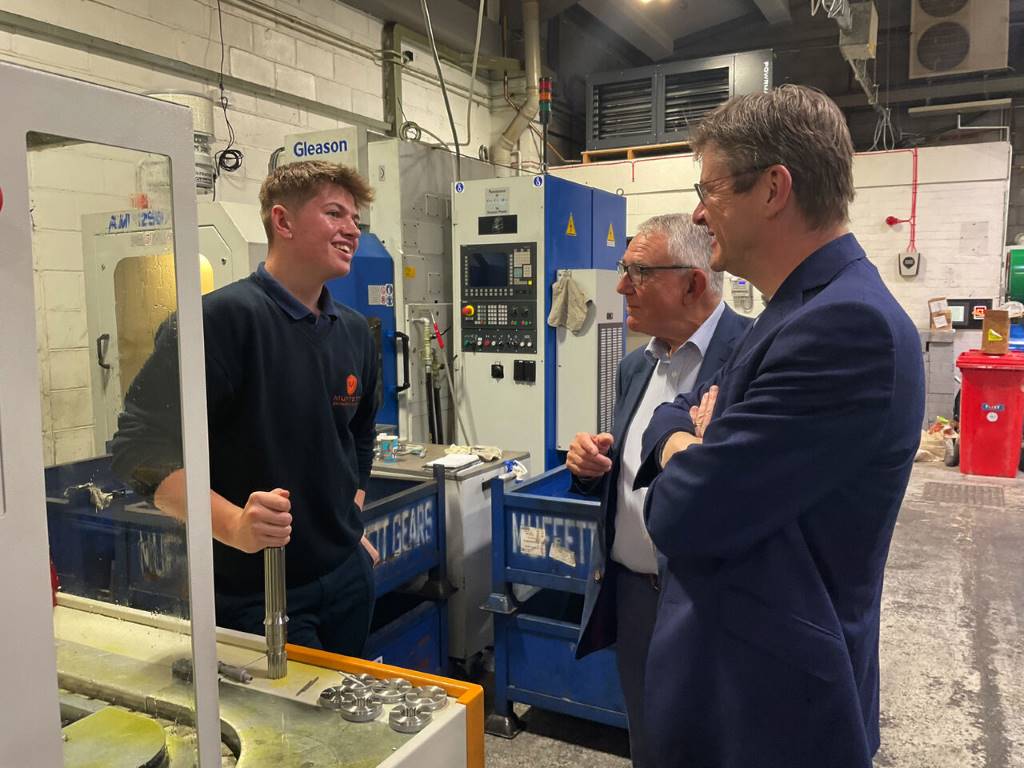MACH comment: Guy Mollart

Guy Mollart is the current president of the MTA and has been involved with the association since the turn of the millennium. Few would doubt his manufacturing credentials – he was managing director of Mollart Engineering for over 36 years until the recent management buyout (see further news) and is now its president. Dave Tudor caught up with him in the run up to MACH 2016.
Q: If my memory serves me correctly, the announcement that you were to be the next MTA president came at the annual dinner in 2015 so you’ve been in the role for just over a year. How much of an honour for you personally was the appointment?
Up until the recent MBO, I was managing director (third generation) of Mollart Engineering for 36 years and so have gained considerable experience of the machine tool business both in the UK and internationally through the best, as well as not so good times. Being requested to stand as MTA president has enabled me to put something back into manufacturing but it has also created a further personal milestone for which I am extremely proud – to represent the MTA and my industry as an official on the international stage – particularly as exports are significant in our machine tool build operation.
Q: I know you’ve been involved with the MTA for some time. Can you provide a potted history of your history with the Association?
I have sat on the MTA Council since 2000 and became a Board Member in 2009. During this time I have been involved in the transition of the Association from the MTTA into the MTA which has enabled the introduction of a modern, fully inclusive manufacturing programme to both industry and membership.
Q: When you became president of the MTA did you – or have you – any specific objectives you wanted to fulfil? In general, what do you see the primary functions of the role?
From a top level perspective I have two main objectives: to enhance the message of the benefits to the manufacturing industry of being a member of a vibrant trade association such as the MTA; and to promote training as a key element to aid the future business of members.
This is an area that I feel is of critical importance to most companies in our sector, especially those covering software, manufacturing, tooling, service and support engineering functions across the industry.
Q: So what has the past year been like in the hot seat? Can you detail some of the work you’ve been involved in? Any particular high/low points you’d like to mention?
For me, it has been an exciting year of change in conjunction with our members and those within the wider manufacturing industry with whom we have a relationship. I’ve worked closely with the new CEO of the MTA James Selka to introduce new ideas and initiatives to the association. This has resulted, I feel, in greater involvement and relevance for the MTA in manufacturing that has set an important trend for the future. In particular, this subject is close to Mollart, as well as a benefit to the subcontract sector, which is of prime importance in the visitor profile to MACH 2016.
Q: In my tenure as Editor of PES, all of the MTA presidents have also been managing directors of companies: Geoff Lloyd at Heller; Simon Pollard at Kyal; Bob Hunt at Star; Mark Ridgway at Group Rhodes and of course your good self as the former managing director of Mollart. It must sometimes be challenging wearing both hats; just how difficult was it running a successful company and being MTA president?
The position of being an active MTA president is time consuming. I spent the last five years developing the management team at Mollart Engineering to become a fully integrated working unit across its two sites in Chessington, Surrey and Resolven in South Wales.
This covers the three sectors of deep hole machine development and building, tooling and subcontract manufacturing. Across the business, we also invested in the latest generation manufacturing systems such as SAP for information and data collection which supported our decision making and forward planning in support of the £20 million, 150 people operation.
Q: A constant challenge for trade associations like the MTA is recruiting new members. For any company considering joining, what would you say are the benefits? In your opinion, just how important is the MTA to UK manufacturing?
The MTA has membership of 320 companies that is growing at some 14% a year and represents over £1.6 billion of trade. In terms of benefits, there are a number of good reasons for becoming a member: it is the owner of MACH exhibition; it is an important source of market intelligence to its membership; it can provide information on technical standards for manufacturing (including new areas such as our work within CECIMO for metal-based 3D printing); and it provides valuable opportunities for members to network within the MTA’s committees and across different industry sectors.
Q: Do you think the Government really ‘gets’ UK manufacturing? My view is that it pays a lot of lip service to the sector but little else. In your role as president how much contact do you have with government representatives and do you think they realise just how important manufacturing is to rebalance the economy?
There is considerable coverage in the media about the data and activities associated with manufacturing against the service sectors and during the recent election campaign senior politicians were very quick to jump on the bandwagon by using manufacturer sites as their venues for presentations.
We need to see that commitment being carried forward. Also, the subject of apprenticeships (not necessarily the skill creation base we as a sector demand) received considerable attention. For myself and the MTA, both subject areas are focal points and we will continue to stress their importance as we have with considerable success over the last six years.

Q: Let’s talk a bit about the MACH 2016 in April. At a recent MTA press conference we were told that there will be 130 new exhibitors which is excellent news. How is the show shaping up from your perspective?
MACH 2016 is well on course to become more than a ‘machine tool parade’ even though over 6,500 tonnes of working machinery will be installed at the NEC. Under one roof, the show will reflect where manufacturing’s future lies by embracing a host of different technologies from software, 3D printing, tooling developments, measurement, subcontract services and associated production support.
In addition, there are specific zones covering many issues relevant to the manufacturing sector. We at the MTA like to call MACH 2016 a ‘Festival for Manufacturing’ – there is so much to see and we believe that visitors will need more than one day to see it all!
Q: In contrast to the past five or so years when many companies enjoyed unprecedented levels of growth, things seem to be somewhat flat at the moment. In this regard, the timing of MACH couldn’t be better to provide the industry with a much needed lift. Would you agree? The MTA are suggesting that it’ll be even better than the 2014 show?
The importance of an exhibition such as MACH is to bring together concepts and opportunities for engineers involved in manufacturing to improve what they are responsible for producing. The manufacturing industry has always accommodated the ebbs and flows of market demands and even when the sector slides into a slower cycle this becomes the perfect time to investigate new and improved technologies and processes.
Also, this puts greater emphasis on the importance of flexibility to accommodate production cycles, new customers and attract new contracts. This is why I believe there will be a lot of visitor interest.
Q: We should of course talk a bit about Mollart. Having visited the Chessington site recently I was certainly impressed by the engineering pedigree that underpins the entire company and also the sheer complexity of some of the projects it undertakes. I guess the downturn in the oil and gas sector has had an effect, but how it the business shaping up at the moment? It’s great that more than a quarter of employees are apprentices at the Resolven facility!
While we have seen some effect from the oil and gas sector slowing we have recently achieved aerospace accreditation for AS 9100 for machining services at both the Chessington and Resolven sites.
As a result, new orders are now being placed by the aerospace sector which is helping to contribute to an increase in the current turnover of £20 million. The business is also continuing to invest having spent more than £2.5 million in the last two years in facilities, plant, software and services. And, in my mind, most important for the company is investment in training which is the security for the future of the company as an international organisation.
Q: I understand Mollart will be exhibiting at MACH 2016 in Hall 5 on Stand 5680. The show’s longevity is certainly commendable. Can you remember the first MACH show you attended?
My first MACH exhibition was in 1980. In those days it was a two-week event!
Q: Finally, what can visitors to the Mollart stand at MACH 2016 expect to see?
Mollart’s focus for MACH 2016 will be to portray examples of components and specialist tooling that not only demonstrate what can be achieved with deep hole drilling technology and machines, but also the results of its capability as a subcontractor to provide single cycle, multi-operational component production using the latest equipment, machining techniques and support processes across both sites.
Customer parts will be shown drawn from aerospace, defence, subsea, oil and gas, semiconductor, medical and optical sectors. Tooling demonstrations will cover all aspects associated with hole production and grooving, surface finishing and deburring.
MTA www.mta.org.uk
Mollart www.mollart.com
Further News:
As MACH draws every nearer, MTA president Guy Mollart has been in the news for other reasons recently with the announcement that his former company, Mollart Engineering has been sold to the management team as part of an MBO.
The new owners are Chris Barker, Mike Pragnell, Ian Petitt, Wayne Thomas and Jon Upton with the purchase supported by Mollart's existing bank HSBC and Vine Street Capital, a long established venture capital investor.
Mr Mollart stated: “The company has been in the Mollart family hands for 88 years and the existing management team are the best placed to take the business forward and build on its successful heritage.”
“I shall remain as president of Mollart while I am still president of the MTA to continue to serve the industry that I have proudly worked for during the past 30 years.”













